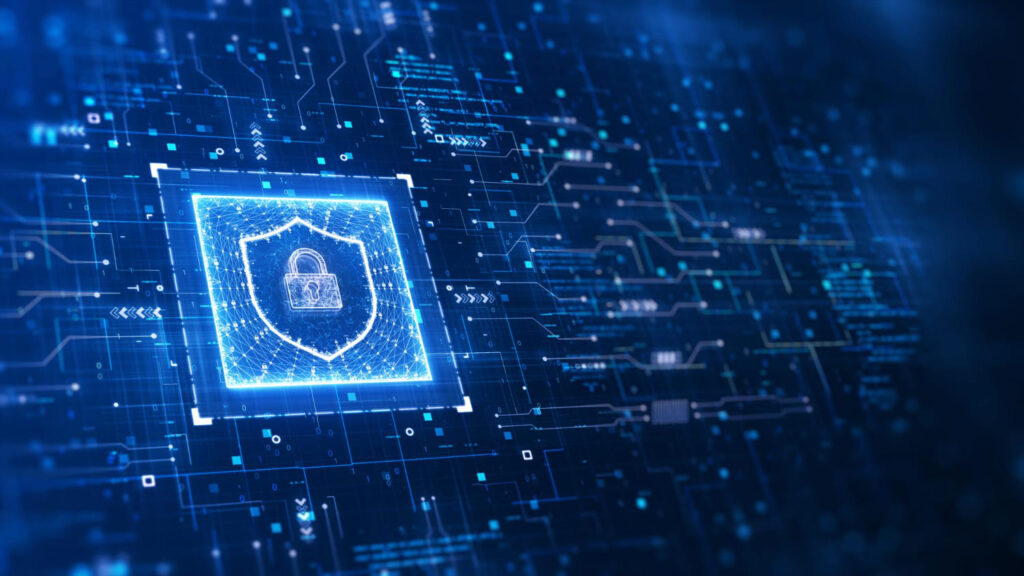Private information, whether digital or physical, faces equal risks of being targeted by malicious attackers. Thus, having robust information security is vital for organizations looking to safeguard their data and minimize the risk of data breaches.
Let’s examine the types of information security, their significance in this era, and their associated challenges. Read on!
What is Information Security (InfoSec)?

Information security, often abbreviated as InfoSec, refers to the set of tools and practices for safeguarding sensitive information from unauthorized access, use, disclosure, recording, alteration, or destruction.
This involves using various security measures, like firewalls and encryption, to protect digital and physical forms of information from cyber threats, such as phishing, ransomware, or other physical threats, and ensure the data remains secure and private.
Information Security vs Cybersecurity

While information security covers both digital and physical data, cybersecurity mainly focuses on digital data.
Information security teams usually work on creating and implementing systems and policies to protect information. Meanwhile, cybersecurity protects the data inside the system.
Types of InfoSec

InfoSec comprises several types, including:
Application Security
Application security lives up to its name. It protects web or mobile applications from software vulnerabilities, such as user authorization and configurations.
Cloud Security
Organizations should take extra measures in shared environments, or “clouds”, to secure their data. It encompasses technologies, policies, services, and controls to protect sensitive data, applications, and environments hosted in the cloud.
A study by Flexera shows that enterprise use of cloud computing is growing rapidly. This increase emphasizes the importance of cloud security in mitigating risks.
Cryptography
Cryptography is an aspect of information security that involves encoding information to protect it from unauthorized access. This ensures that even if data is intercepted, it remains unreadable and secure. One example is AES encryption, which employs a specific algorithm to ensure data security in various applications.
Infrastructure Security
Infrastructure security mainly focuses on securing hardware and software assets like networking systems, data centers, labs,end-user devices, and desktops.
Incident Response
Incident response refers to a prepared strategic method for dealing with potential attacks. It includes a plan to mitigate and restore data after an incident. This is not only limited to cyber incident response but also to physical incident response, like natural disasters.
Vulnerability Management
Vulnerability management is a continuous type of information security that identifies, prioritizes, and remediates vulnerabilities in a system, network, or application. It constantly prevents breaches and safeguards sensitive information.
Why Do We Use Information Security?

The main reason we use InfoSec is to safeguard valuable information from various threats, enhancing organizations’ integrity, confidentiality, and information availability. Here are several critical points of the importance of InfoSec:
Mitigating Risk
InfoSec aids in mitigating risks of information security incidents, from data breaches to theft and other malicious activities.
Protecting Sensitive Information
The fundamental goal of InfoSec is to protect sensitive information, such as personal and organizational information, from unauthorized access that can lead to misuse.
Protecting Reputation
Security incidents can tarnish an organization’s reputation and lead to business loss, hence the importance of a robust InfoSec. This way, the reputation can be secured.
Compliance with Regulations
InfoSec ensures a business complies with relevant regulations in its industry, enhancing its integrity and reducing the risk of legal problems.
Ensuring Business Continuity
InfoSec helps streamline business processes by maintaining critical functions, even during or after a security incident, ensuring continuity.
Issues of Information Security

Implementing information security comes with various challenges and issues, such as:
Human Error
Device losses, weak password use, or malicious link clicks can happen at any time and may result in data breaches.
Cyber Threats
Cyber attackers are getting more sophisticated every day, increasing the potential risk of being breached despite robust InfoSec strategies.
Legacy Systems
The security features of older InfoSec may not be as advanced as the newer ones, increasing the vulnerability.
Insider Threats
Even internal employees can pose a risk to an organization’s information if they intentionally mean harm.
Mobile and IoT Devices
Mobile and IoT devices are easy to steal and lose. Some also need stronger security controls, which is another challenge for InfoSec.
Complexity
The complexity of information systems may result in difficulty in effectively safeguarding the information inside them.
Integration with Third-party Systems
Integration with third-party systems can create vulnerabilities through inadequate security controls, allowing attackers to exploit these systems as entry points into otherwise secure networks.
Data Privacy
Nowadays, data privacy regulations are becoming more strict, making safeguarding personal information more critical.
Globalization
Globalization requires organizations and businesses to store, process, and transfer information across regions and countries with divergent regulations. This adds challenges to InfoSec.
Frequently Asked Questions
What are the three key concepts of information security?
InfoSec has three main concepts: availability, integrity, and confidentiality.
What are the four functions of information security in an organization?
The four functions of InfoSec in an organization include safeguarding data, enabling safe operations, securing technology assets, and protecting the organization’s ability to function.
What is an example of information security?
One example of InfoSec is Data Loss Prevention (DLP), also known as information loss prevention.
Conclusion
In summary, security information and event management (SIEM) serves as an essential guardian in today’s digital and physical landscape. By understanding and implementing robust InfoSec strategies – particularly through comprehensive security information and event management solutions – organizations can protect themselves against a myriad of threats. These systems provide critical defense against everything from sophisticated cyber-attacks to simple human errors, while offering real-time monitoring and threat response capabilities.
Embrace the evolving world of InfoSec and ensure your organization’s future is secure with Fluxgate. Contact us now!
